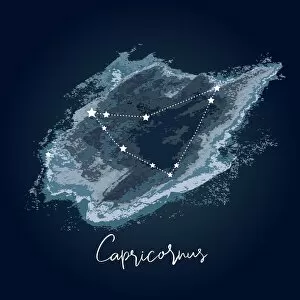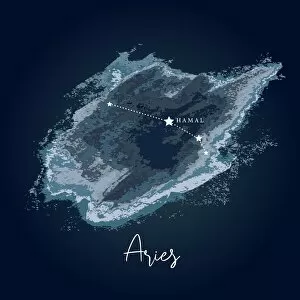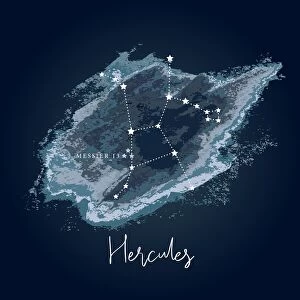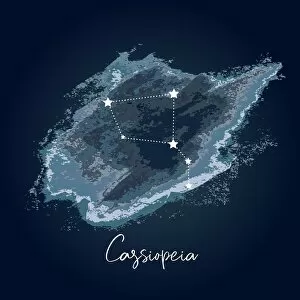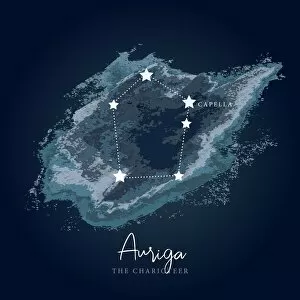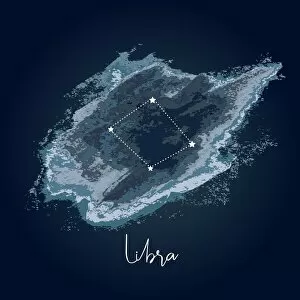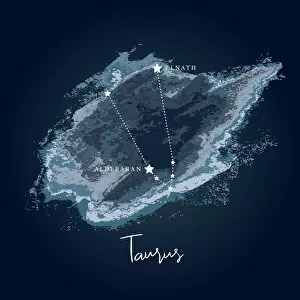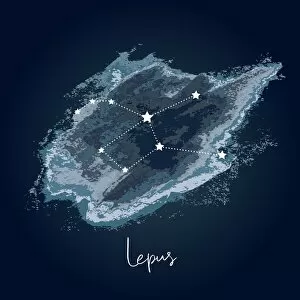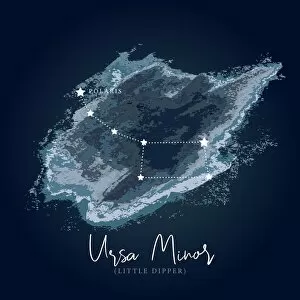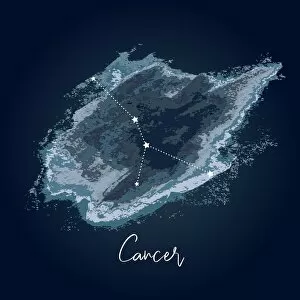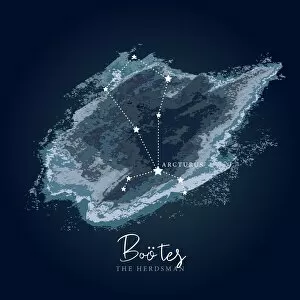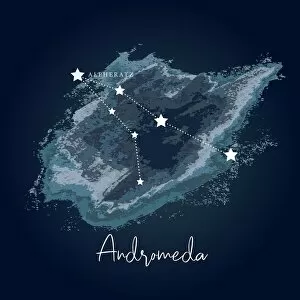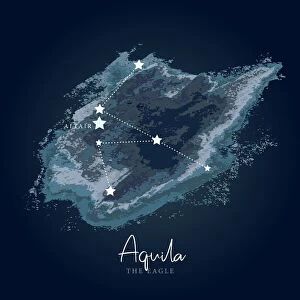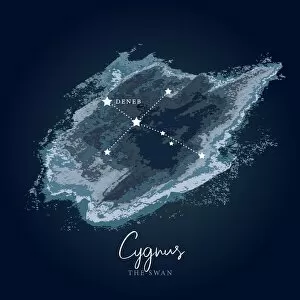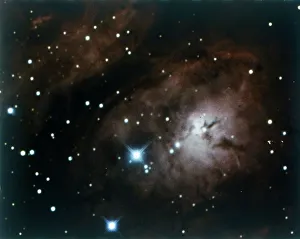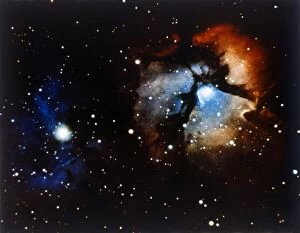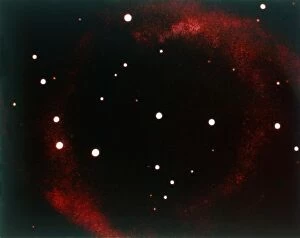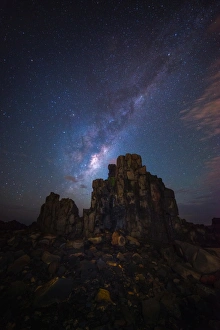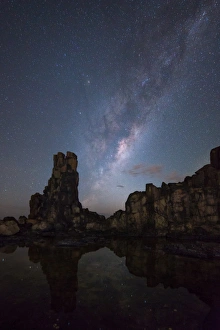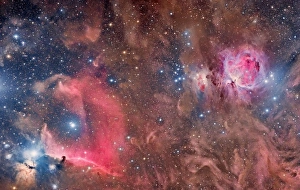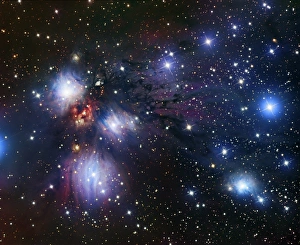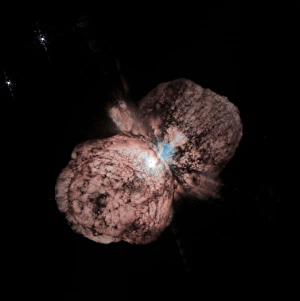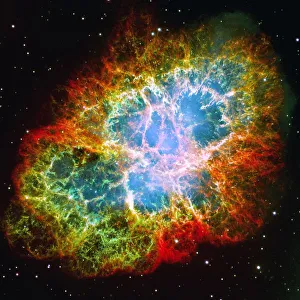Nebula Collection (page 7)
Nebula: The Enigmatic Beauty of the Cosmos Step into the vast expanse of space and witness the mesmerizing wonders known as nebulae
All Professionally Made to Order for Quick Shipping
Nebula: The Enigmatic Beauty of the Cosmos Step into the vast expanse of space and witness the mesmerizing wonders known as nebulae. These celestial marvels, captured by the Hubble Space Telescope, unveil a breathtaking tapestry of colors and shapes that defy imagination. Among these ethereal creations is NGC 604, an awe-inspiring nebula residing within Messier objects' full set. Its radiant hues paint a cosmic masterpiece against the backdrop of infinite darkness, leaving us in sheer wonderment at its sheer magnitude. The Orion Nebula, also known as M42, stands as one of the most iconic sights in our night sky. Located within the Orion constellation, it illuminates with vibrant shades of pink and blue—a stellar nursery where new stars are born amidst swirling gas clouds. Intriguingly named "Pillars of Creation, " another remarkable nebula captivates our gaze. This stunning formation showcases towering columns sculpted by interstellar winds and radiation—an artistic testament to nature's ability to shape even on astronomical scales. Venturing further into space unveils Sh 2-106—a captivating HST image showcasing intricate patterns resembling delicate lacework suspended amidst a sea of stardust. Its beauty lies in its complexity—revealing layers upon layers that hint at secrets yet to be unraveled. As we journey through this cosmic gallery, we encounter colliding galaxies in Antennae—a striking Hubble image capturing two galactic entities merging together in an epic dance across time and space. Witnessing their celestial collision reminds us that even galaxies are not immune to change. Gazing towards Scorpius constellation reveals yet another spectacle—the Eagle Nebula (M16) nestled within Serpens. Here lies a celestial eagle soaring through interstellar dust clouds—its wings spread wide as if ready to take flight into uncharted territories beyond our comprehension. But perhaps no other nebula captures our imagination quite like the Orion Nebula.

